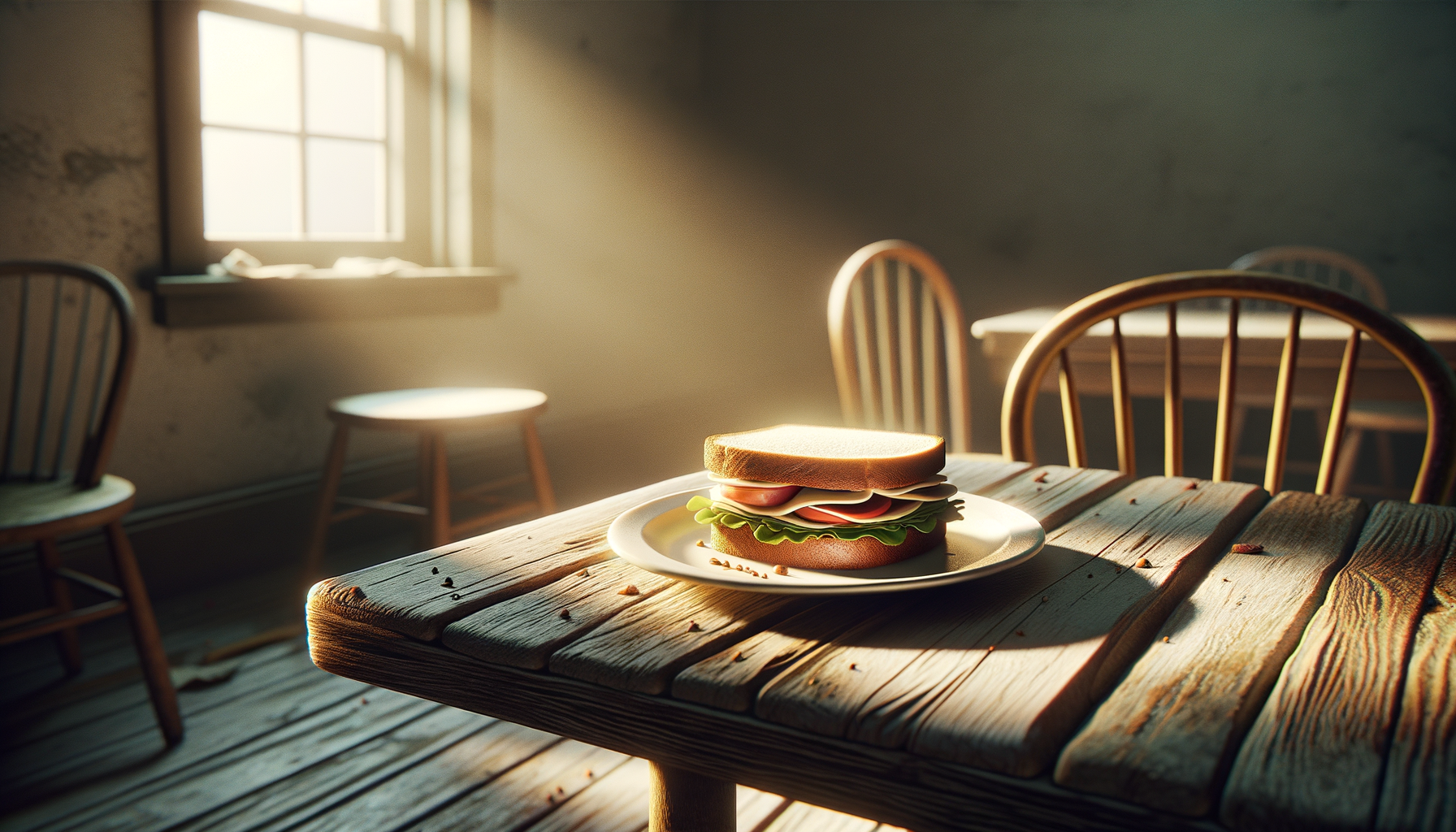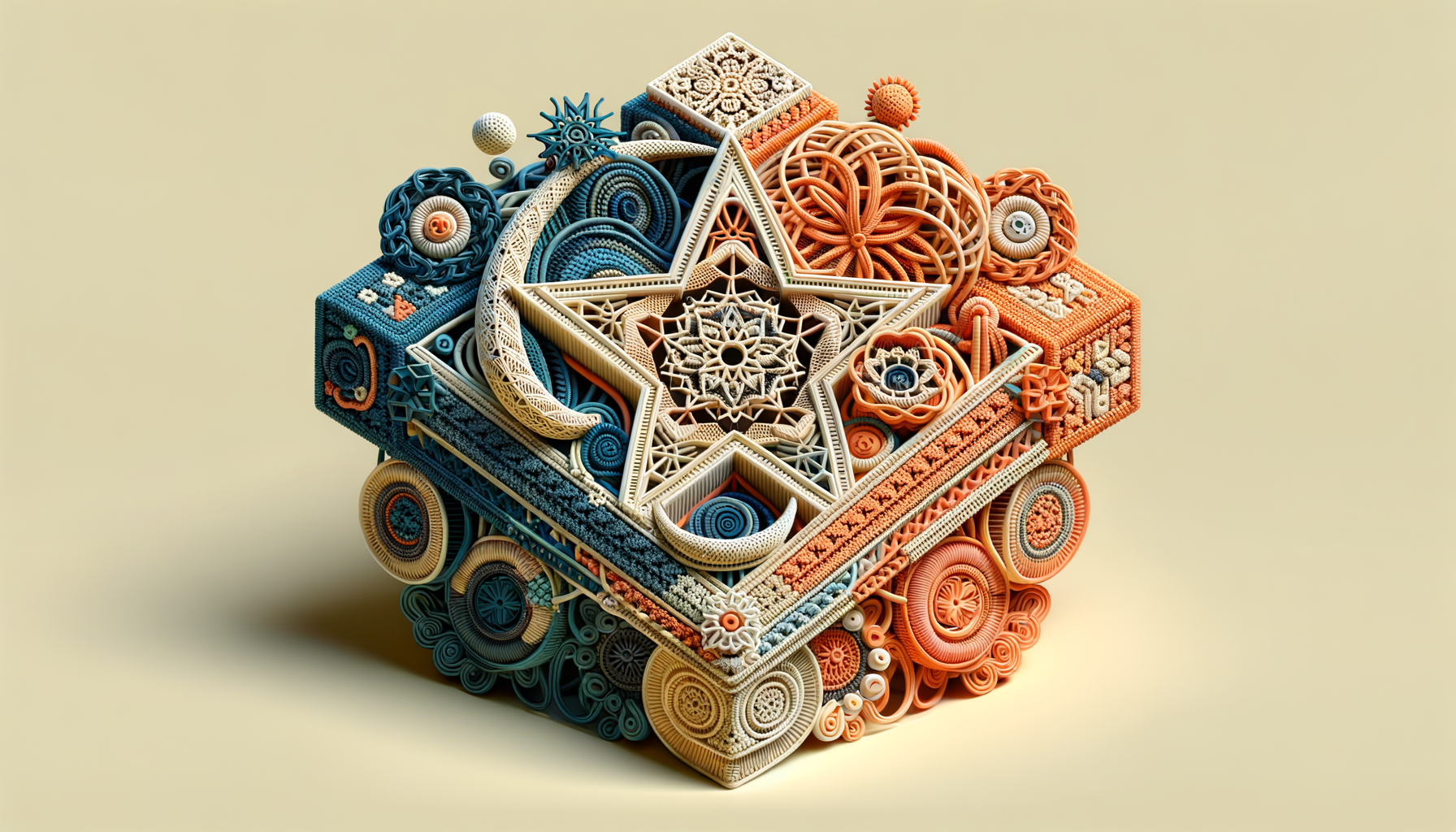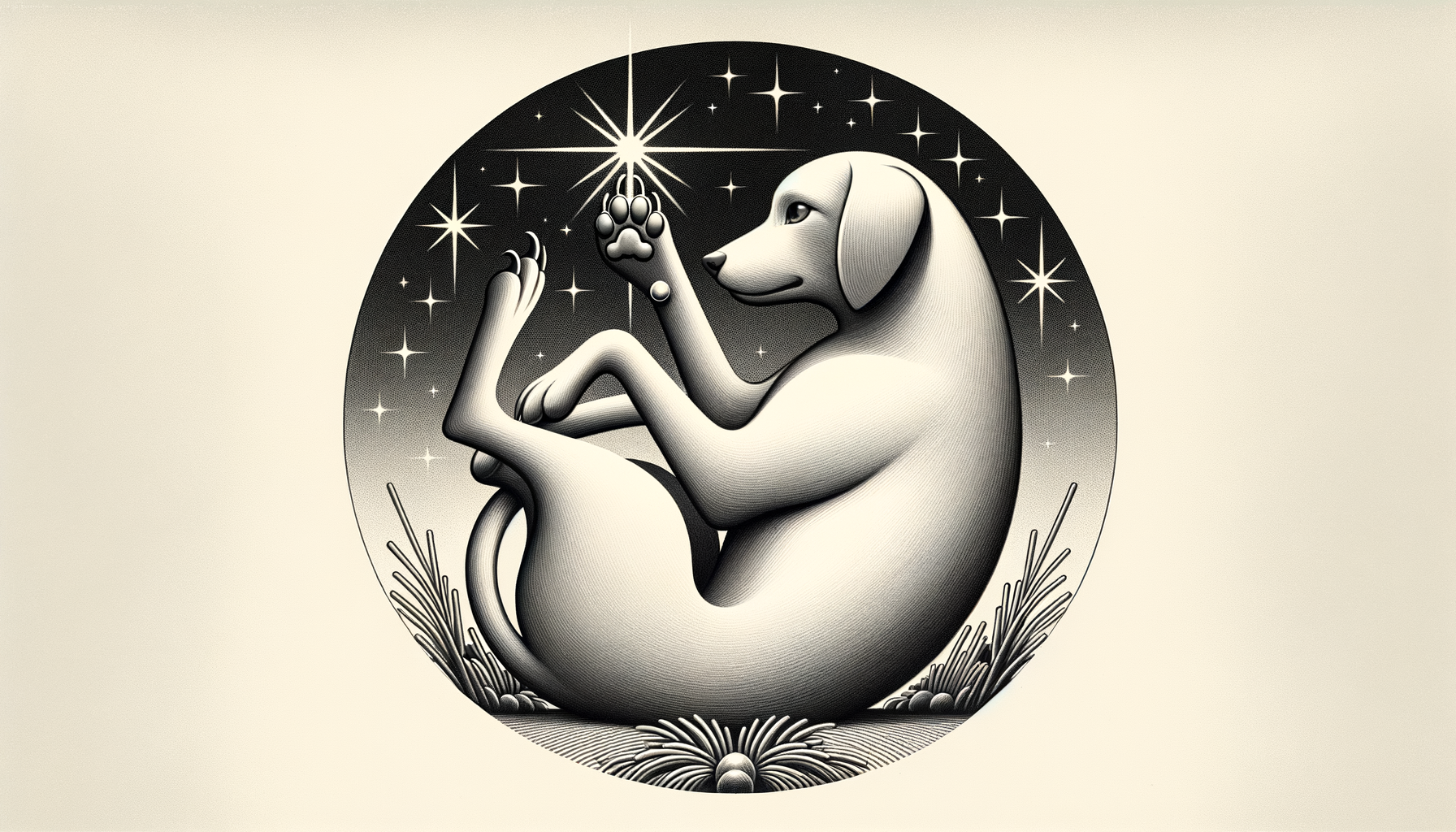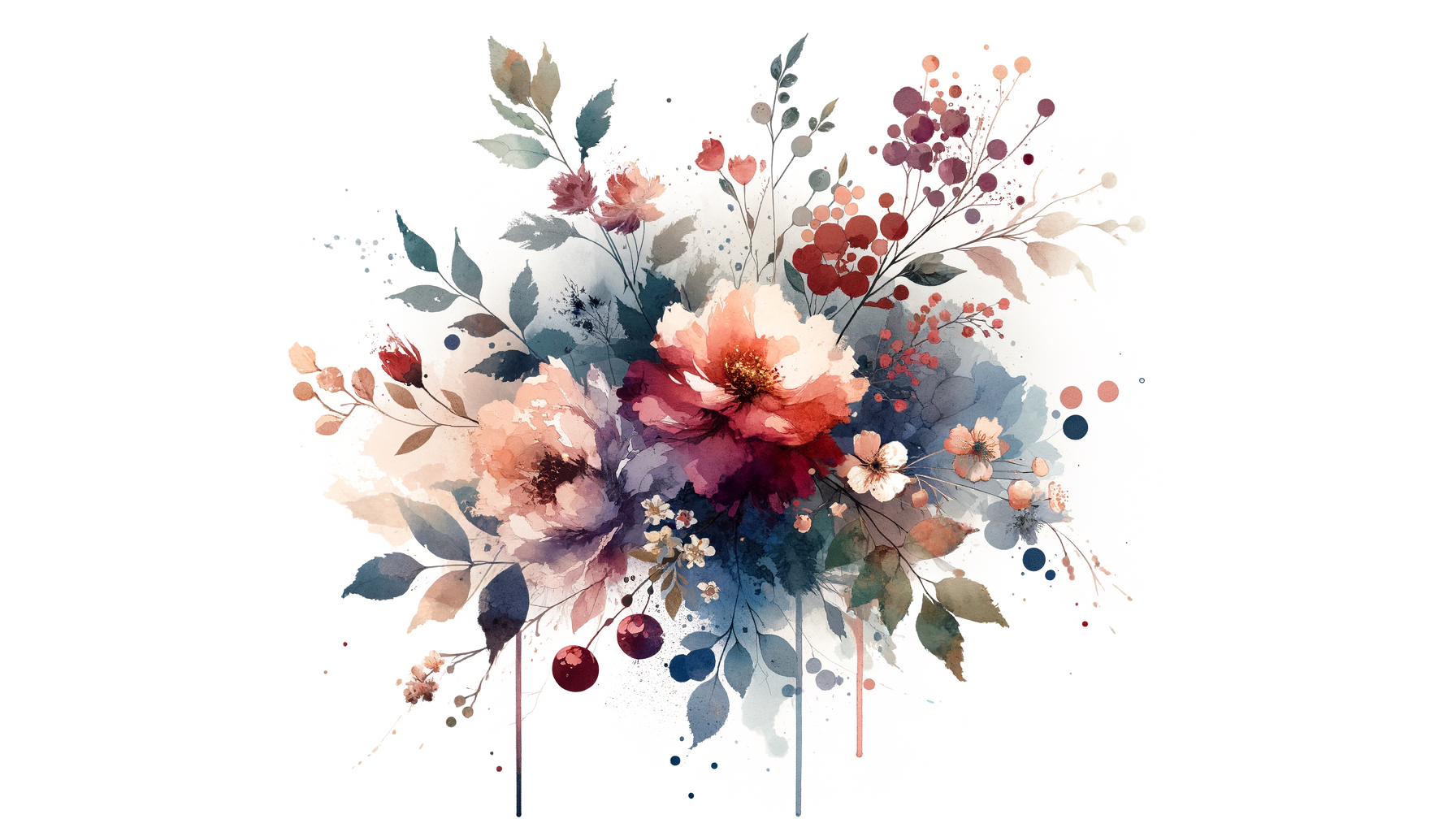The first time I felt joy doing this, I was standing in my grandmother’s kitchen, hands sticky with flour and nerves shot to pieces. It was Thanksgiving Prep Day—capitalized for the enormity of the event—and my job, bestowed upon me as the dutiful 12-year-old granddaughter, was to make the pie crust. Not the filling, not the finishing touches with the fancy fork crimps—just the crust. Simple enough, I thought. But between Grandma’s slightly... colorful instructions (“Butter that dough like you’re icing a rich man’s coffin”) and my own unhelpful perfectionism, I had convinced myself that ruining Thanksgiving was entirely within my power.
Yet somewhere between battling a merciless dough and leaning into my grandmother’s wild culinary advice, I felt it. Or rather, I tasted it—pure, unadulterated joy. Not because the crust was perfect (it wasn’t), but because it embodied this wild, wacky, wonderful blend of effort, heritage, and love. That’s when I realized: Doing something you’re passionate about doesn’t have to look—or taste—perfect. That simple crust became the cornerstone of my life philosophy and, as it turns out, my approach to dating, relationships, and everything in between.
Here’s what pie crust taught me: joy doesn’t just find us. Sometimes, it’s hiding in the mess.
The Anxiety of the First Try
If trying something new is your kryptonite, you’re not alone. Starting anything for the first time—whether it’s rolling a pie crust or stepping into a relationship—can feel like walking on floorboards that might give beneath you. There’s this mix of excitement and dread pulsing under your skin, a voice whispering, “What if I fail? What if I make a fool of myself?”
Spoiler alert: you will fail, at least in some small way. And you probably will make at least one fool-worthy mistake. My first pie crust came out unevenly rolled, flour-dusted, and cracked at the edges. It looked so sad, it could’ve gotten its own HBO miniseries.
But here’s the twist: joy doesn’t live in perfection. It thrives in connection. In that moment, I wasn’t just making a crust—I was bonding with my grandmother and creating something with my hands for others to enjoy. Even if it looked like a Pinterest fail, it tasted like pure happiness.
The same happens in relationships. You’ll fumble. You’ll word-vomit the wrong thing. You’ll misunderstand a moment. But your efforts—messy, honest, and brave—are what make the experience meaningful. Instead of looking at failure as the ultimate red card, see it as your story’s seasoning. Is it spicy and awkward? Probably. But that’s where the flavor comes from.
Tip #1: Lean into the messy. Whether it’s pie or a new fling, joy loves the imperfections.
Practice Makes Connection
The thing about joy is that it’s not always immediate. Some of the best things in life require practice—not the rigid, law-school-dictionary kind of practice, but the kind where you give yourself space to figure it out with time and effort. For me, finding joy through pie crust took years. If my grandma supervised that first attempt, the next ten were entirely fueled by my own determination and slightly obsessive Googling. (Fun fact: there are roughly two thousand “surefire tips” for a flaky crust, and half of them contradict each other.)
But eventually, I got better. I stopped overthinking it, stopped fearing “bad dough.” Somewhere in the background of all those test runs, joy sneaked in like a cheeky kid at a carnival. Every time I added frozen butter to flour or sprinkled ice water into the mix, I felt confident—dare I say excited—about the process.
Relationships are no different. The spark doesn’t always roar into a flame at once. Sometimes, connection emerges only after we’ve put in the time to understand someone—behind their quirks, their habits, their little peculiarities. The first date might feel like raw dough—loose, sticky, and unsure if it’ll pull together. But maybe the second date yields laughter. By the third, you’re syncing up Netflix favorites and waltzing around the kitchen trying not to burn spaghetti (it’s impossible).
Tip #2: Give joy the runway it needs. The things (or people) worth savoring take time.
Don’t Forget to Add Butter
If there’s a cardinal rule I live by in life, it’s this: everything is better with butter. Pie crusts. Interpersonal relationships. Dance parties after a bad date. Butter is magic.
In real terms? Butter is any choice—any extra something—that enriches the experience. Testing out a fun cocktail recipe together? Butter. Calling your best friend after a fight with your partner? Butter. Watching rain slide down the windows while you and your person share an oversized blanket and don’t feel pressured to say a word? Butter.
Adding the butter is about savoring the experience, choosing the details that sweeten life. I didn’t need to perfectly crumble every butter cube for my first pie crust to bring joy. The joy came from trying, from adding effort and love even when things weren’t guaranteed to go my way.
In dating, this might mean cultivating the ability to laugh at yourself mid-disaster. It might mean a shared playlist that reminds you of your favorite moments together, even when life gets loud. It might mean giving yourself permission to enjoy the little wins—a good first kiss, or maybe just making eye contact with someone new across a crowded coffee shop.
Tip #3: Don’t skimp on the butter. It’s the moments, not the milestones, that make joy stick.
The Art of Letting Go
When you’re gripping perfectionism like a starving Victorian child hoarding gruel, you’re squeezing the joy out of your own life. My biggest takeaway from my botched first pie crust was this: sometimes, you can’t control the outcome. It’s an art, not a science. Sure, the butter should stay cold, and the ratio of fat to flour should resemble some sort of plan, but beyond a certain point, you just have to roll the dough and see what happens.
The same applies to life and love. You can carve the grandest plans and study every relationship dynamic imaginable, but there will still be days when you burn the metaphorical soufflé. A date falls flat. A conversation misfires. A relationship ends. Maybe you handle a break-up with the grace of a Soundcloud rapper posting cryptic lyrics right after. All fair game. What matters is letting go—of the fear, the anxiety tied to that “getting it right” mentality—and remembering that joy is in the flow, not the obsessive fretting about it.
Tip #4: Roll with it—literally and metaphorically. Love and joy often appear when you loosen the grip.
Create and Share the Joy
That first disastrous pie crust wasn’t just for me. It was for everyone at the table—people who didn’t much care whether the lattice was symmetrical as long as dessert showed up on time. Sharing the joy transformed my own creative jitters into something communal, something meaningful.
It’s the same with passions, hobbies, and love. When you let that joy radiate outward, sprinkling little moments of connection around you like powdered sugar on a cobbler, it multiplies. Whether it’s making someone laugh on a bad day or showing up for the people who matter most, each bit of joy you create finds its way back to you, often when you need it most.
Over the years, my pie crust game has improved immensely. I now roll it confidently, like a Southern grandmother in the making, and I’ve even taught others how to make it—friends, partners, strangers at the occasional cooking workshop. But that first attempt, as cracked and clumsy as it was, still brings a vivid hold-me-by-the-heart kind of smile when I think about it. Because it wasn’t just about the crust; it was the beginning of something much larger—a lesson in finding (and sharing) joy in every messy, imperfect, unapologetic thing I do.
What’s your metaphorical pie crust? Find it. Roll it. And let the joy sneak in when it’s ready.




















